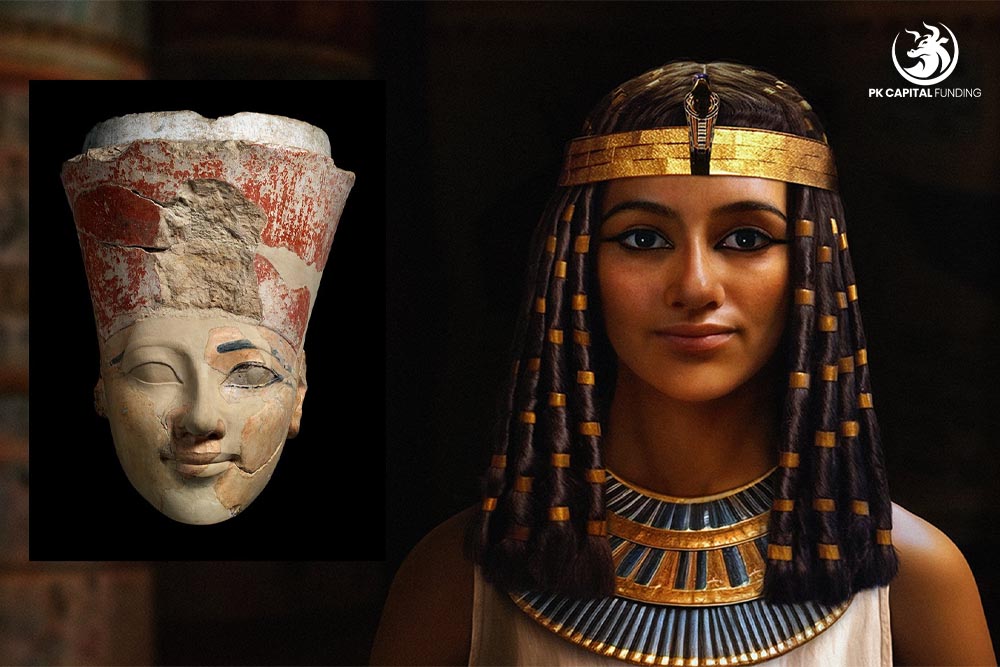
It is impossible to determine the exact date of the ascension of the first female ruler due to the incompleteness of our historical records. Some might mention Kubaba, a bar keeper who is said to have risen to the top of Sumer, one of the biggest ancient Mesopotamian civilizations, in 2400 BCE. She might be the first known female monarch in human history if the legend is accurate, but it’s likely a myth. The assertion of Sobekneferu, who ruled as a full pharaoh in ancient Egypt from roughly 1760 to 1756 BCE, is supported by other evidence. But did someone else rule a major civilization before her, or was she really the first? History has yet to discover the solution.
What is known is that, even in societies where men have long held the majority, numerous women have achieved power throughout recorded history. Despite the obstacles they faced in their patriarchal communities, several of these women attained a degree of influence never seen. These are a few of the most formidable female leaders in history, ranging from Queen Elizabeth I to the Pharaoh Hatshepsut.
The Hatshepsut
As the regent for her stepson and nephew Thutmose III, who had acquired the throne at the age of two, Hatshepsut initially came to power in 1479 BCE. Hatshepsut was a fairly typical regent for about seven years. However, she subsequently made the extraordinary decision to succeed Thutmose III as the ruler of Egypt, taking on the title and authority of a real pharaoh. She had herself depicted as a man in formal portraits, complete with a false beard, traditional kingly regalia, and a muscular male figure, in an effort to further demonstrate her power. She rose to become one of the first historically recognized female monarchs with real power. Being one of the most prolific builders in ancient Egyptian history, she oversaw a time of economic prosperity and overall calm during her reign.
